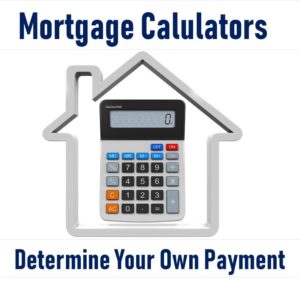
A 1031 Exchange is a great way for investor’s to develop significant wealth by deferring capital gains tax on the sale of assets that are replaced with like-kind properties. But this generous benefit of the Internal Revenue Code comes with a caveat: the rules for the safe harbor created must be followed exactly, and errors will taint the exchange and force the investor to pay gains on the sale without the opportunity to defer. There are no cures, and no exceptions, so be sure to use an experienced facilitator when pursuing an exchange. This article explains the rules for identify replacement properties during the exchange.
Time Limits: The Internal Revenue Code (IRC) requires that the exchanging taxpayer (the investor) identify like-kind replacement properties within 45 days of the sale of the relinquished property. The identification must be in writing, signed by the taxpayer, and sent to the qualified intermediary (QI) holding the exchange proceeds. The properties must be unambiguously identified. For example “a multi-family house to rent to tenants” would not be specific enough to meet the requirements.
The Identification Rules: The IRC provides three different rules for determining how many properties can be identified to the QI. Take time to identify, as the rules only permit a successful exchange when the replacement property or properties ultimately acquired are on the identified list signed within the first 45 day period.
Investors can select only one rule from the following:
The Three Property Rule: This is the simplest, and most commonly used. This limits the total number of like-kind replacement properties to 3, without regard to valuation. If the investor plans to diversify into multiple properties, however, this option is not the best. But a one for one exchange is easily facilitated by the investor selecting 3 appropriate properties, and ultimately closing on one of them in the allowable period.
200% of Fair Market Value Rule: This permits an unlimited number of properties to be identified as like-kind, provided the total market value of all those identified does not exceed 200% of the net sales value of the relinquished property. For example, suppose an investor sells an apartment complex for $5,000,000. Using this rule, the exchanging investor can identify an unlimited number of like-kind properties provided that their aggregate value does not exceed $10,000,000.
The 95% Acquisition Rule: This rule provides no limit on the number of identified properties, nor the value of the identified property, provided that the investor actually acquires identified property from the list totaling 95% of the aggregate value of all property on the list. So, for example, an investor selling one apartment building for $5,000,000 could identify 20 properties valued at $50,000,000, provided that he actually acquired properties on that list that total at least 95% of the total value of all properties on the list ($47,500,000 in value). This rule should only be used where the investor plans to step up significantly with multiple properties, and when the other two rules above are inadequate. Remember, failing to actually acquire property having aggregate value of 95% of the total value on the list will cause the entire transaction to be disallowed.







Leave a Reply